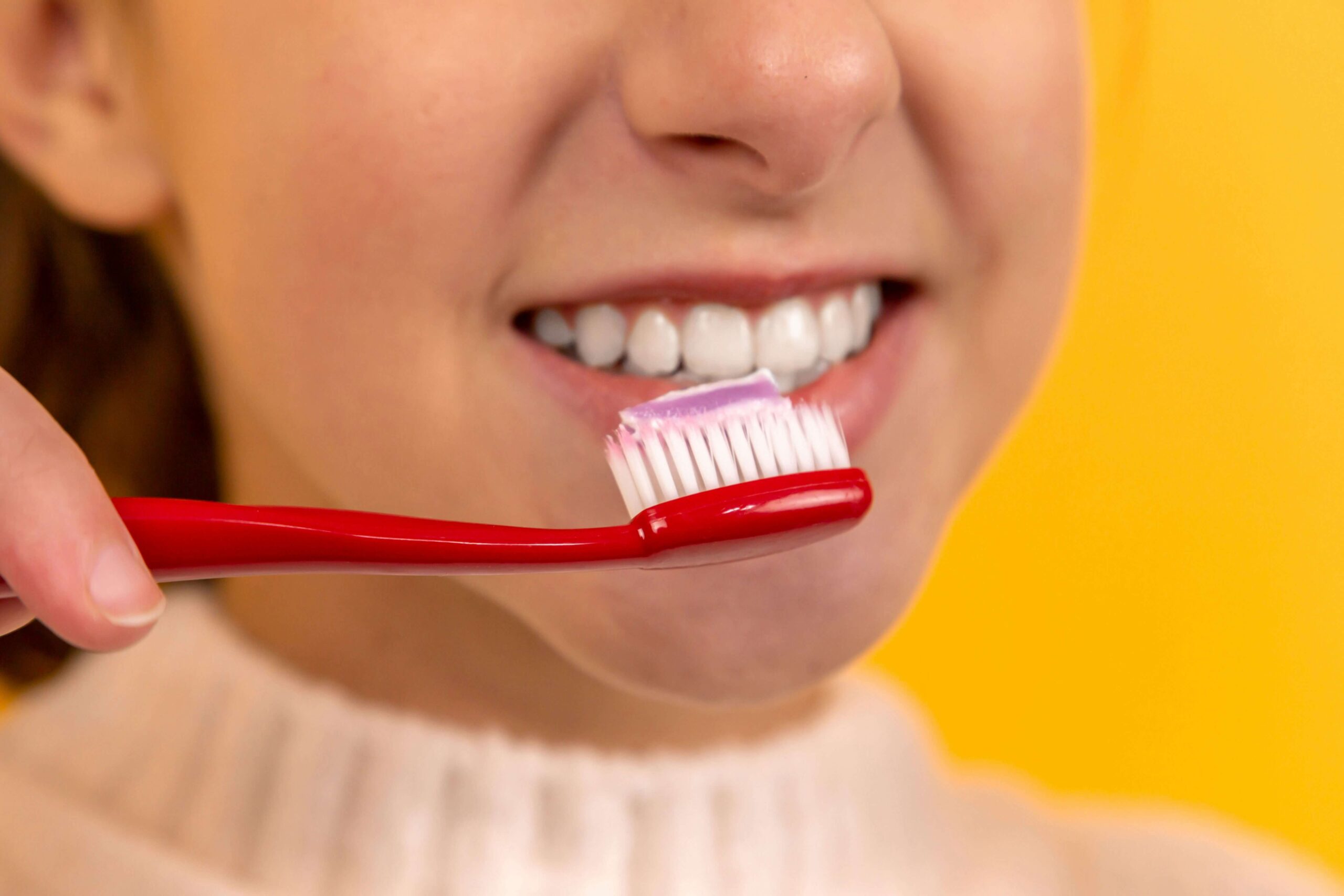The dangers of vaping around babies & kids – Is it safe to vape around children?
Learn why vaping around babies and kids is not safe and how secondhand and thirdhand vapor can impact their health due to harmful chemicals and toxins.

What’s stopping you quit vaping?
Not sure if you’re ready to stop vaping? Worried about finding it difficult?
Start quizMore and more people are now vaping, and vaping & smoking. They feel that this will help them to quit smoking but we are now becoming more aware of the risk to health of vaping itself. Read more about is vaping harder to quit than smoking? and is vaping safer than smoking?
There are easy ways to quit vaping but many parents vape in their homes or in their cars believing there to be no risk to their children10.
Of course it is far less harmful to vape in the presence of children than to smoke but even better to avoid either
This page is designed to answer all your questions on this topic. Just click the link to the article you are interested in.
- Does vaping around kids affect them?
- Why is vaping around kids bad?
- How to protect your children (kids & babies) from second-hand or third-hand vaping
- What’s holding you back? Take our quiz
- Are kids attracted to vaping and does that necessarily lead to them smoking?
- Final thoughts
- Free online consultation
- Free videos and articles
- Other useful quit vaping articles and news
Does vaping around kids affect them?
E-cigarettes or vaping devices are electronic products that heat a liquid to produce a vapour/smoke and were created as nicotine delivery systems just like cigarettes. They come in many shapes and sizes from looking like cigarettes, to USB flash drives (JUUL), to large tank system devices.
Most of the vaping liquids contain nicotine as well as many other harmful chemicals. Vapour is exhaled by e-cigarette users as part of their vaping. The vaping liquid contains many harmful chemicals and studies show using an e-cigarette in indoor environments may involuntarily expose nonusers to nicotine1.
Nicotine is a highly addictive substance which can harm adolescent and young adult brain development2.
Aside from nicotine the vapour when exhaled contains:
- Ultrafine particles – these can be inhaled deep into the lungs and may exacerbate conditions such as asthma and emphysema and could lead to a heart attack3, 4
- Volatile Organic Compounds – these are created as a by product of heating the vapour and can cause eye, nose and throat irritation, headaches and nausea, and can damage the liver, kidney and nervous system12
- Cancer causing toxins – These include Acetaldehyde (MS), Benzene (SS), Cadmium (MS), Formaldehyde (MS,SS), Isoprene (SS), Lead (MS), Nickel (MS), nicotine (MS, SS), N- Nitrosonornicotine (MS, SS), Toluene (MS, SS)5, 6
- Propylene Glycol (PG) – Research has shown that heating propylene glycol changes its chemical composition, producing small amounts of propylene oxide, a known cancerous toxin7
- Heavy metals – these are known to cause respiratory distress and disease and include nickel, tin and lead8
In addition, the single biggest factor in stopping teens from vaping or smoking appears to be to raise children in a smoke & vape free home. If the parents smoke or vape it normalises the behaviour in children who particularly when they are young look up to parents as their role models. This increases the likelihood that the child will go on to vape and smoke9. Read more about Teen Vaping
It is therefore not safe to vape in a confined space with children just as it isn’t with smoking cigarettes (although there is no doubt that the former is by far the lesser of two evils). It is not possible to protect them from occasional vaping such as in the street but frequent vaping in the home or car can be avoided.
The Risks of Vaping Around Newborns and Children
Vaping around children exposes them to toxic chemicals found in e-cigarette aerosol, many of which are known to harm developing lungs and organs. Babies and young children are especially vulnerable due to their lower body weight and immature immune systems. Even occasional indoor vaping can contaminate their environment and increase the risk of accidental nicotine poisoning.
Existing Health Problems
For children with asthma, emphysema, or other chronic respiratory conditions, secondhand vape exposure can make symptoms worse. The aerosol contains ultrafine particles that penetrate deep into the lungs, triggering inflammation and constricting airways.
Even healthy children may develop respiratory sensitivities from regular exposure. The chemicals exhaled can irritate the airways, increase coughing and wheezing, and make them more vulnerable to future illnesses.
Side effects of second or third hand vaping on babies and kids
- Poison – Nicotine vaping liquid can be poisonous within a few minutes of contact to an adult’s skin. To a child it can be deadly. In 2014 a 1 year-old child died from liquid nicotine poisoning in US11
- Asthma & emphysema – these can be exacerbated by the ultrafine particles exhaled by vapers3, 4
- Eye, nose and throat irritation – Volatile Organic Compounds created by heating the vaping liquid and exhaled can led to this12
- Headaches and nausea – Volatile Organic Compounds created by heating the vaping liquid are exhaled and can lead to this12
- Liver, kidney and nervous system – Volatile Organic Compounds created by heating the vaping liquid are exhaled and can lead to this12
- Cancer causing toxins – These include Acetaldehyde (MS), Benzene (SS), Cadmium (MS), Formaldehyde (MS,SS), Isoprene (SS), Lead (MS), Nickel (MS), Nicotine (MS, SS), N- Nitrosonornicotine (MS, SS), Toluene (MS, SS) which are then exhaled5, 6
- Cancer causing toxin – Research has shown that heating propylene glycol changes its chemical composition, producing small amounts of propylene oxide, a known cancerous toxin which is then exhaled7
- Brain damage – the brain doesn’t stop developing until around 25 years old and nicotine can damage developing brains15
- Respiratory distress and disease – due to heavy metals including nickel, tin and lead which are exhaled8
- Lung damage13, 14 – Read more about how vaping can damage the lungs
Research is ongoing to determine the full extent of side effects of vaping.
What’s holding you back?
Not sure if you really want to quit vaping?
Want to stop, but concerned that you’ll find it tough?
Worried that you’ll be deprived for the rest of your life without vapes?
We know that taking the first step can be difficult, but we’re here to answer your questions in complete confidence – with no pressure and no judgement.
Start free quizAre kids attracted to vaping and does that necessarily lead to them smoking?
Early on in the development of the e-cigarette market, manufacturers assured the tobacco control community (people like Action on Smoking and Health) and other interested parties that the target market for e-cigarettes was existing smokers and that the marketing, positioning, and messaging for the e-cigarette would be as a quit smoking aid.
That isn’t quite how it has turned out. By 2014 there were still no controls over who could sell e-cigarettes, who could buy them, what was in them, and how they might be advertised. In fact, 2014 saw the first UK TV advert showing smoker-like behaviour – an attractive, alluring model exhaling smoke-like vapour – in decades. The brands using these tactics are clearly targeting everyone, not just smokers. Advertising firms can once again use humour, sex and hugely aspirational imagery to sell nicotine addiction.
Of course these ads are aimed primarily at young people, as are the packaging, flavours and pack designs. E-cigarettes have been marketed aggressively to children. The statistics show that increasing numbers of children are being drawn into using them as well, with more and more studies confirming that more kids are using e-cigarettes at a younger age than would use normal cigarettes, and that more of those kids will eventually smoke real cigarettes. The nicotine industry of course loves this. Get the addicts younger and you maximize the lifetime income per user. One can only assume that the treasury departments of government feel likewise. The taxation of addiction is extremely lucrative.
A certain number of kids have always have tried out cigarettes, but the way e-cigarettes are creeping into everyday life is different. It’s creating a new gateway into smoking and nicotine addiction.
Because zero nicotine capsules or liquid can be purchased, youngsters really can say that the e-cigarette they are using is not addictive. Who’s to know different? Especially when they come in flavours such as bubble-gum, watermelon, cotton candy, popcorn, and cherry cheesecake. Who do you think those flavours are targeting? Your kids!
Kids all over the country are trying out e-cigarettes and think nothing of passing them around the class claiming that “They’re not addictive” and “They taste nice”. Of course before too long – the zero nicotine capsules are discarded in favour of the ones that contain nicotine.
As if getting youngsters as young as 12 addicted to nicotine isn’t bad enough, we’ve warned for years that e-cigarettes will prove to be a gateway into “smoking for real” for most of those youngsters. The latest studies confirm our worst fears.
You can imagine how the kids get sucked in. Firstly, the peer pressure to move on to “the real thing” exists already, but more significantly for the simple reason that no e-cigarette will ever deliver nicotine as efficiently as a cigarette. All addicts eventually end up looking for ways to get more of their drug into their bloodstream faster, so it is with nicotine. That’s where cigarettes come in. Sadly, another generation of kids are sliding into the nicotine pit.
Final Thoughts
Second-hand and third-hand vaping may appear to be nothing more than sweet smells but the reality is different. Using electronic cigarettes around children risks exposing them to damaging chemicals which can harm them and affect their development as well as increasing the likelihood that they will vape as they get older. It is therefore not safe to vape in a confined space with children just as it isn’t with smoking cigarettes (although there is no doubt that the former is by far the lesser of two evils). You may be interested in these articles:
Teen Vaping & How to Help Teens to Quit
Free Online Quiz
Not sure if you really want to quit vaping & smoking?
Need help to stop vaping?
Want to stop, but concerned that you’ll find it tough?
Worried that you’ll be deprived for the rest of your life without vapes & cigarettes?
We can help you to understand and remove those fears and in so doing, make it quitting easy.







